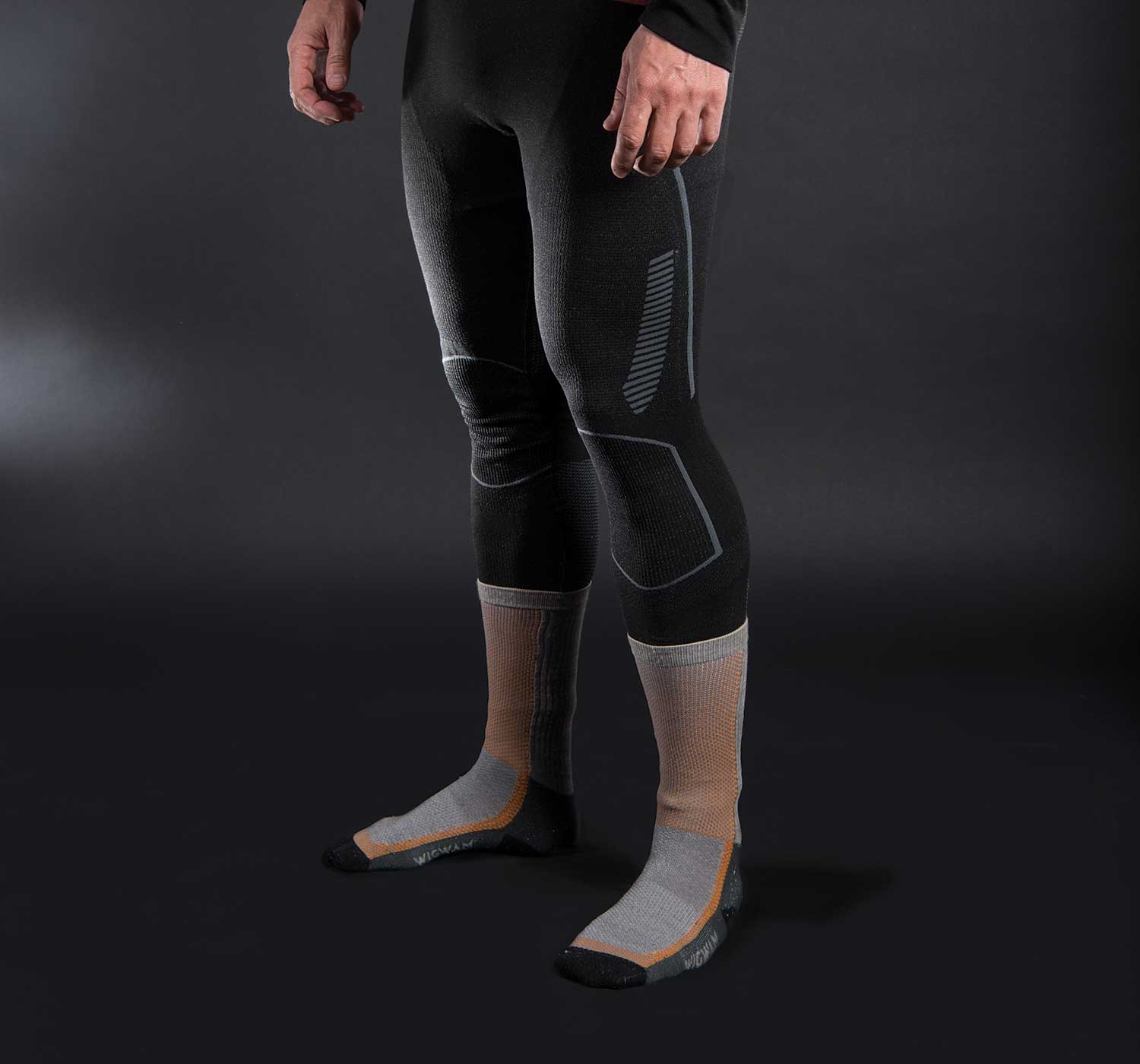How to Layer For Hiking: Baselayers

'Louisa Albanese'
The Rule: Breathability is Number One.
The baselayer is the only constant of your system—the idea is to leave it on and change your other layers to meet conditions. Polar explorer Eric Larsen prefers a technical T-shirt for core warmth and maximum venting. Baselayers preserve a layer of air next to the skin to prevent chills.
Pick the Right Baselayer
How to Keep Your Baselayer Dry
Moderate your pace
Find the sweet spot that lets you produce enough heat to dry your shirt without letting your sweat chill you.
Sleep with it
If you only brought one baselayer and it’s damp (not soaked), put midlayers on over it and hop in your sleeping bag. Your body heat will bake it dry overnight.
Hang it
If it’s warm and windy, hang your baselayer over a branch, bush, or rock. Most tech shirts dry quickly.
Freeze dry
If it’s cold and very dry, hang your shirt outside to freeze the moisture out of it.
Can you layer with cotton?
The trail to the summit of Bear Peak in Boulder, Colorado, climbs nearly 3,000 feet over 3 miles. It’s a haul any time of year, but it’s particularly tough when the snow is knee deep. That’s the way we found it on a BACKPACKER staff outing in early spring. With temps in the 20s, it was a perfect day for a layering test.
Which is why I was wearing a cotton T-shirt. I wanted to force myself to think more about managing layers than about how one particular shirt worked. With cotton, you can’t be lazy.
The problem with the stuff is that it absorbs moisture and dries very, very slowly. That’s great for keeping you cool in the summer, but the combo can be deadly if you get wet in freezing weather and can’t change into something dry.
I knew if I started sweating, misery wasn’t far off. As soon as the trail steepened and the postholes deepened, I slowed down to stay in the no-sweat zone. Later, when I wanted to climb faster, I took off my softshell, picked up the pace, and stayed comfortable. And so it went all day—12 hours—on a big loop through the Boulder foothills. I made preemptive changes to my pace or outer layers, and never removed the T-shirt or wished I’d worn something else.
Of course, I’m not the first to use cotton in wintry conditions. Early mountaineers like George Mallory and Sir Edmund Hillary incorporated cotton into their layering systems. And it worked, because they knew its limitations and how to use it correctly. And now, so do I.
—Dennis Lewon